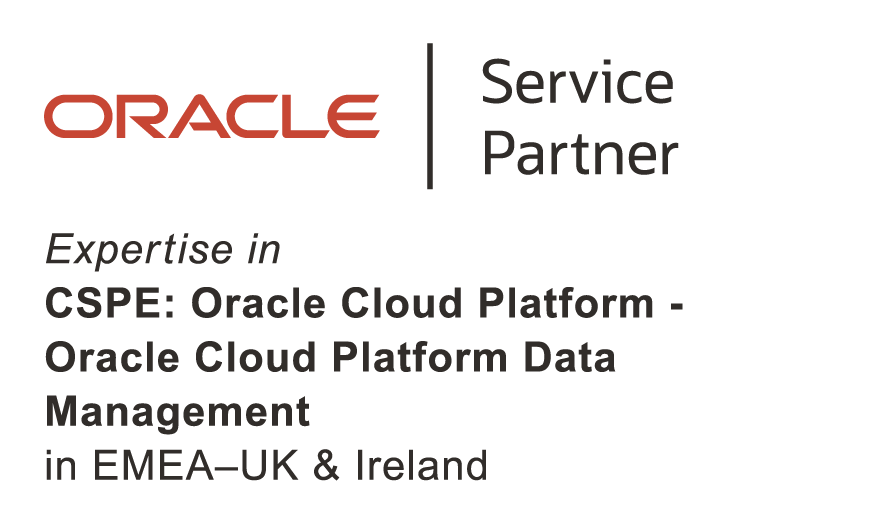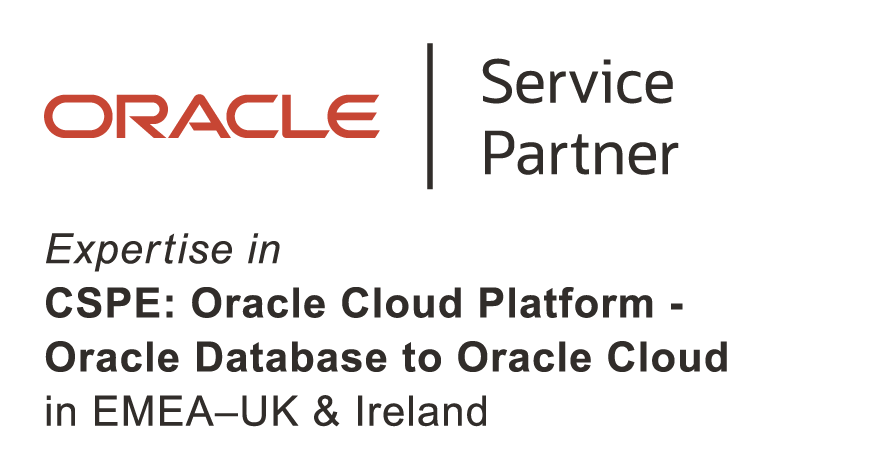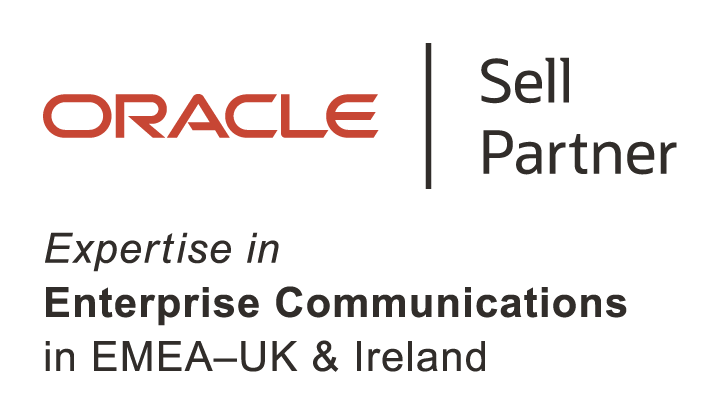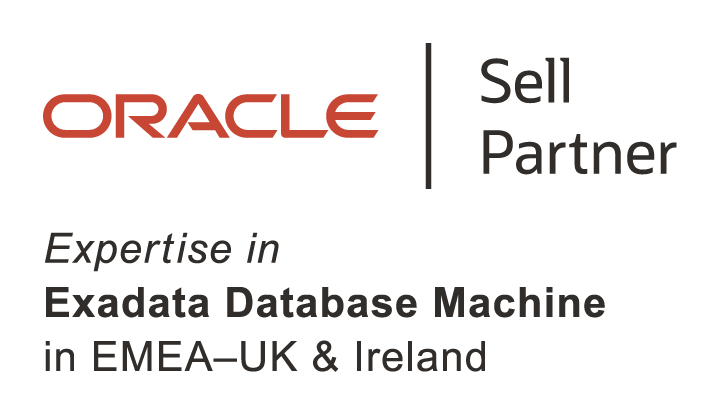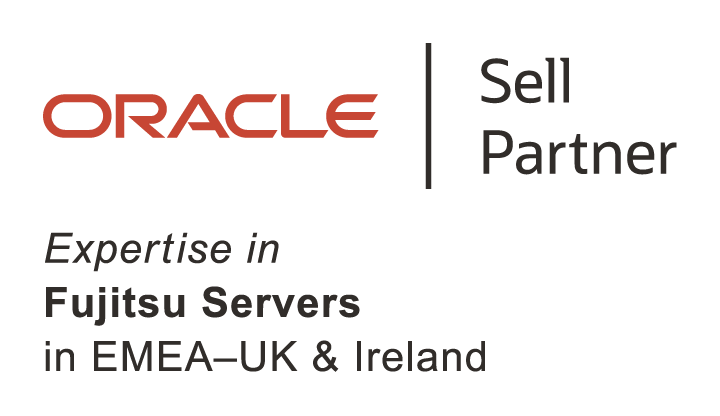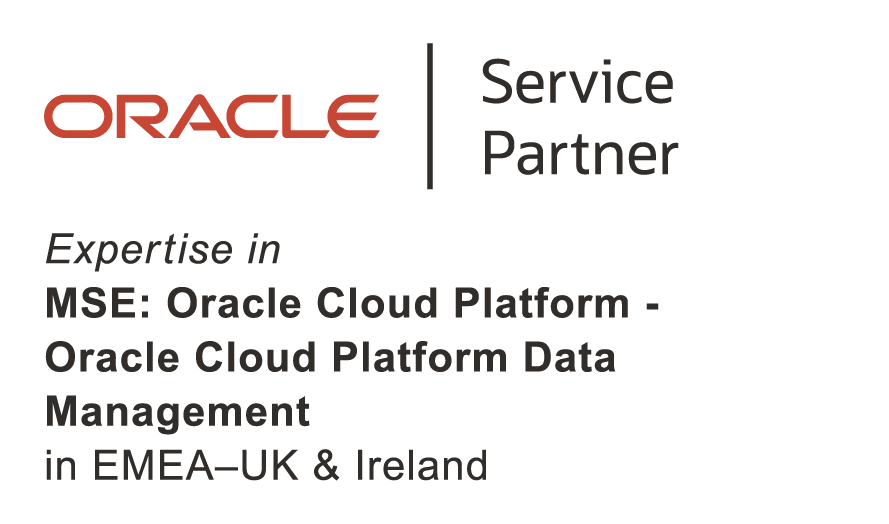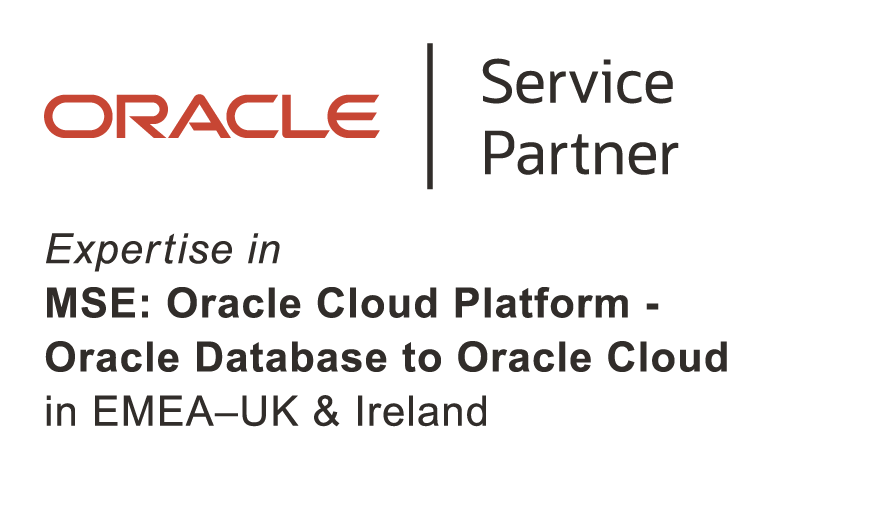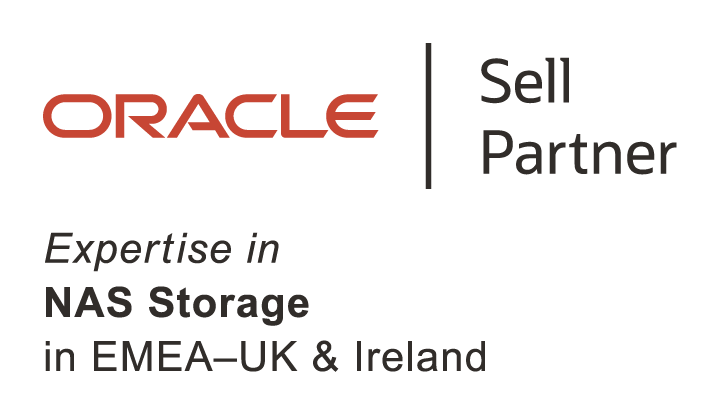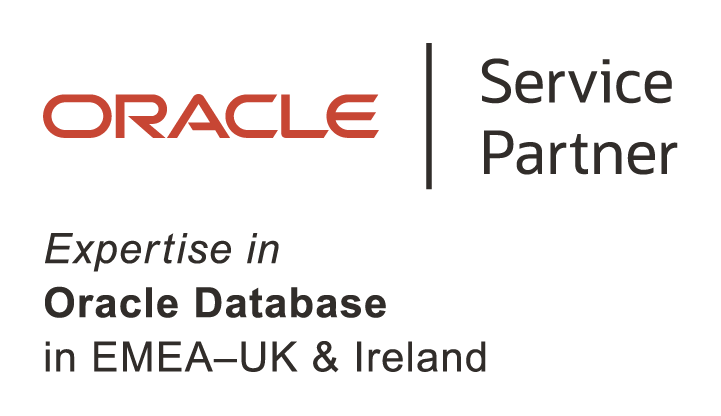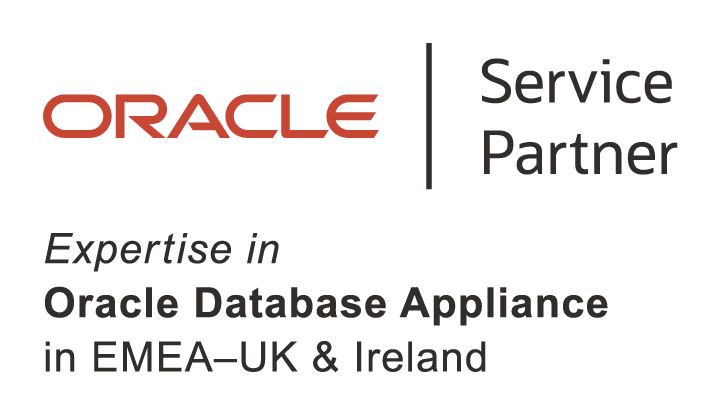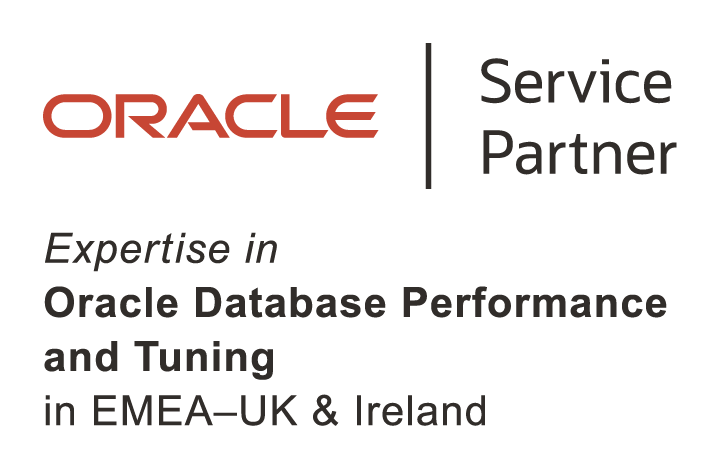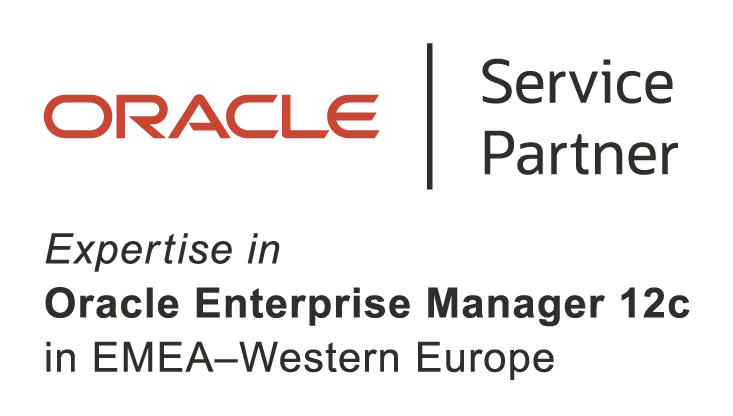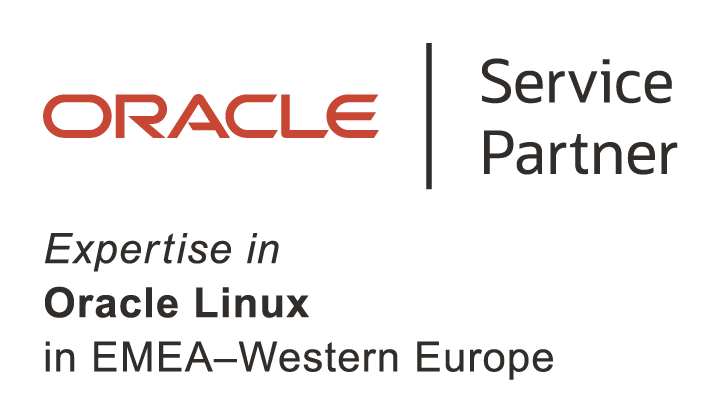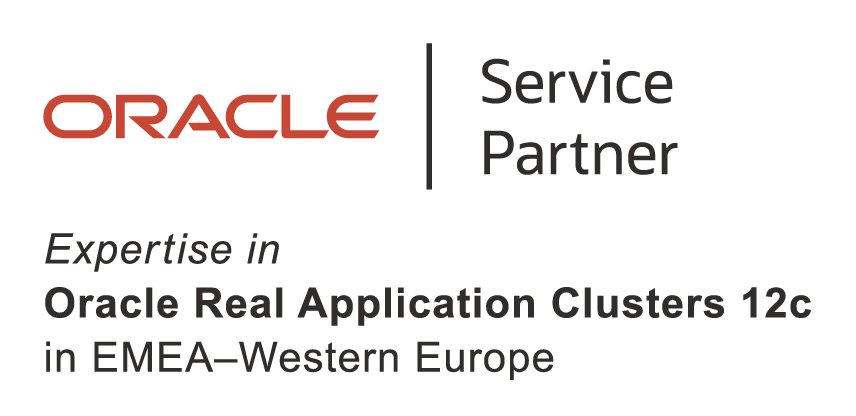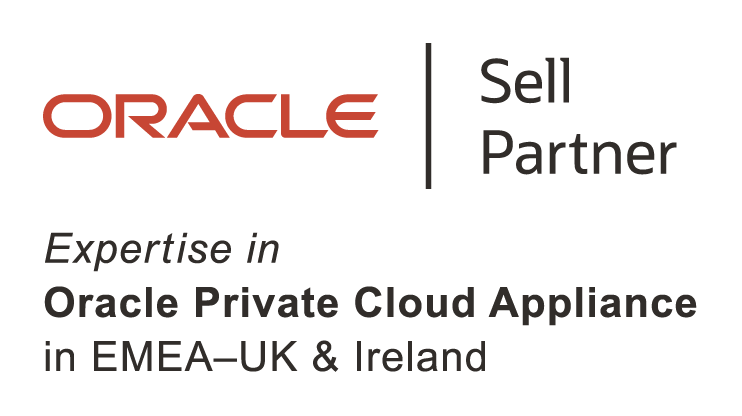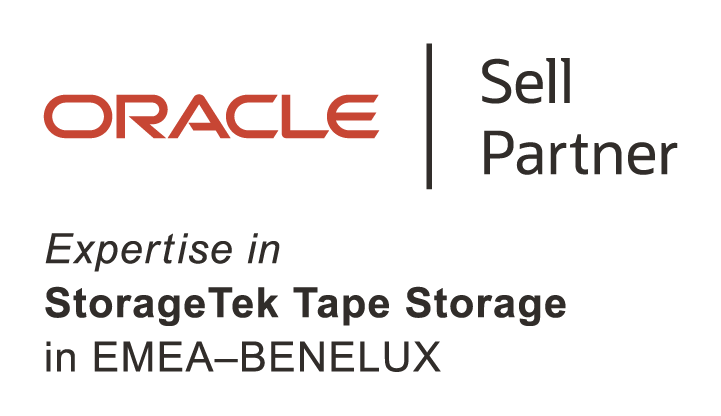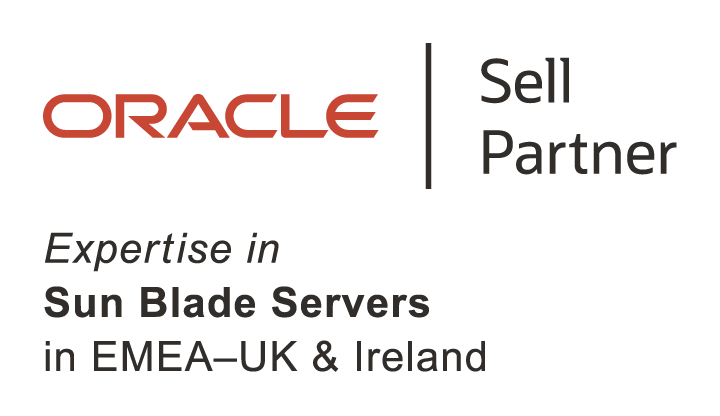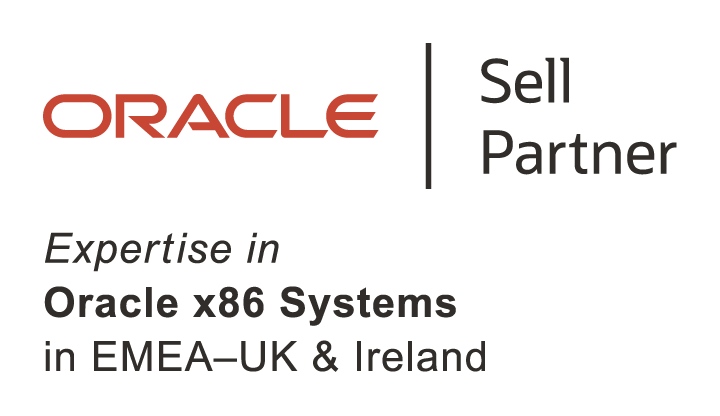
Turn data into results for a responsive supply chain
Smart and educated decision-making means better results
Contents
- Introduction
- Data that shapes your business is defined by different factors
- The evolution of decision-making
- Factors affecting decision-making effectiveness
- A continuous improvement framework
- The future of supply chain decision-making
- Utilising predetermined use cases to respond to any business scenario
- Enabling quick response and decision automation
- Conclusion
The Decision-Making landscape
Due to the exponential growth of corporate data, such as customer records, drone video, financial transactions, sensor data, shipment data, social media posts, and sustainability data, making rational decisions can sometimes be difficult. Companies need to use data-driven decision making systems to make the most effective choices and gain competitive advantage. This includes collecting, organising, and analysing data in order to identify trends, forecast outcomes, and optimise processes.
According to McKinsey (2021), smart decision-making drives results:
Gartner claims that since 2020, decisions have grown 65% more difficult. Executives spend roughly 40% of their time making decisions, think too much time is wasted.
-
Raw materials prices
-
Social unrest
-
Transit disruptions
-
Weather conditions
-
Competitor actions
-
Health restrictions
-
Macroeconomic factors
-
Market regulations
The global business environment is always changing, producing new information, and requiring appropriate reaction. Some data streams become obsolete, whilst others open.
You probably already use data from some of these factors on which to base decisions. But, could you do more? Organisations need to have the ability to methodically analyse as much data as possible to increase their supply chain's visibility and control. This can be accomplished by incorporating new information and comparing it to internal data and B2B transactions. This improves decision-making throughout their whole business ecosystem.
"The current state of decision-making is unsustainable."
Mike Rollings | Gartner, 2021
When enterprise supply chain planning first became widespread, businesses looked at their own business data for information to equip them to respond to changes in the market. Customer and channel information, point-of-sale data, trade areas, working conditions, and competitive data, were among these data categories. Enterprises with good connectivity may have also shared intel with business partners to have a better understanding of outside disruption. Yet, they continued to lack the visibility required to develop a truly successful response.
Businesses then began utilising external data sources to supplement their internal data. Internal data was contextualised by knowledge of the weather, changes in regulations, and shortages of raw materials, which led to better decision-making.
The external business climate is considerably more complicated today. Global value chains (GVCs), where production crosses at least one border before final assembly, affects more than two thirds of global trade. Data that promotes successful execution, enables change detection, and reveals alternative courses of action is necessary for adapting to GVCs. High tech and manufacturing sectors, which have significantly externalised value chains, are excellent examples of future complexity.
So, how can we apply a decision-making framework to this situation?
The response to this query appears to be simple: A decision framework must be created to continuously increase the accuracy and efficiency of decisions in order for companies to more effectively respond to change. To do this, supply chain leaders must solve two major issues: access to dynamic data and the adoption of flexible processes. These issues can limit insight into changes in the supply chain.
Access to dynamic data sources
Previously, unstructured data sources like environmental, social, and governmental data feeds were not taken into account by systems and processes. Moreover, systems did not take into consideration data coming from the business ecosystem, where many problems first appear. Making progress without knowing these essential details could mean the difference between success and failure.
The use of a decision framework architecture solves this problem. This architecture should be able to detect, decide, act, and add new bits of information continuously. When the framework adjusts to various business contexts and gains knowledge from the final decisions made by the business user, changes that are applied consistently enable continual improvement. The framework will react and suggest better options for upcoming events based on those choices.
Flexible process architecture
Process and discipline are necessary for data analysis and organising. Yet, you cannot take an approach that prevents your firm from reengineering a new system or even implementing gradual modifications. Your organisation will be better off if you enable a flexible continuous improvement process architecture that will put it on a better route for growth.
Employees in your organisation can explore what can be done to enhance the way a decision is made by implementing a modern process design. This new framework must be compatible with conventional, structural, and gradual changes that provide a clear return on investment, whether adopting a new application, shifting particular solutions to the cloud, or integrating new business units.
A flexible process architecture enables each member of the organisation to deliver a better quality output, much like how manufacturing environments function using total quality management or six sigma for continuous improvement process or a series of continuous kaizen events.
In order to achieve this, companies must invest to integrate functional needs, business processes, and system and solution updates with a continuous improvement framework that is frictionless and constantly adapts to your business.
Making better business decisions requires a framework for continuous improvement that takes into account all kinds of data, all data sources, and a mechanism for connecting the entire value chain to respond to both internal and external changes. An extended value chain reacts to information coming from internal systems, business-to-business (B2B) transactions, and the ecosystem in which it works.
Oracle compiled a list of data sources for B2B transactions and internal systems using their many years of experience in this field, including financials, sophisticated analytics, Internet of Things (IoT) sensors, yields, quality estimates, and much more. This ecosystem, which includes your contract manufacturers, their primary raw material suppliers, your distributors, and your design partners, has an impact on the performance of each of your partners and value chain connections.
In order to view all the changes affecting the performance of the extended value chain, the first step is to incorporate these datasets characterising the ecosystem where your value chain functions.
In today's corporate environment, a smart detect-decide-execute framework that enables a supply chain network response is essential. You must add an architecture that seeks continual improvement to the way your business makes decisions on a daily basis to your current architecture in order to develop and implement such a framework. This paradigm change is significant.
Future-proof frameworks adjust to the objectives, financial restrictions, and present systems-analytics-process architecture. While the old incremental roadmaps that are linked to specific reengineering budgets are expanded by this new continuous improvement architecture, it still needs to offer incremental value with the resources you have right now—and every day moving forward. You and your stakeholders will experience quicker acceptance if you start with only one pre-set use case.
This notion—also referred to as a supply chain command centre—allows enterprises to unite, link, and coordinate with cross-functional process efficiency and decision quality for particular use cases within their business ecosystem and across numerous time horizons. Three crucial steps should be taken into account while creating a framework for better decision-making. Running a value chain that is largely or completely externalised is one of them, as is implementing a continuous improvement architecture to produce better results every day.
Detect changes by getting data into your data lakehouse
Let's first discuss the data we require before discussing how to use a framework for continuous improvement to turn it into business value. A modern, open architecture solution called a "data lakehouse" allows you to store, comprehend, and analyse all of your data. It requires a technology that can operate the "data plumbing" of the extended value chain to load data into a data lakehouse from many sources, both internal and external, exactly like real pipes would.
It is crucial to have a centralised information hub with prebuilt procedures and an easy-to-use user interface. Business ecosystem partners require fast access to data with precise descriptions of their roles in the extended supply chain, both upstream and downstream. Contract manufacturers, internal assembly teams, product design teams, and distribution or transportation service providers are some of these ecosystem partners.
The framework ought to offer us the "pipes" that link each internal and external data link and implement the best procedures for establishing connections between the appropriate partners for a particular business difficulty. Value is not just created by the data exchanged; it is also differentiated by the link-to-link connecting procedure. Without requiring you to abandon your current solutions, the framework must enable continual process improvement at the rate at which business changes occur.
Every link in your value chain must exchange comprehensive and reliable data. In order to securely manage these data connections, you will be making important decisions using the information acquired through this new framework, which may require the enforcement of terms and conditions or even contract reviews. Doubts regarding the data you are using are the last thing you need. Never should the question, "Who sent the data?" emerge. Or "When did a specific transaction take place?" Moreover, information pertaining to multiple parties should always be accurate on both ends. The ability to gradually deploy more and more connections to data sources inside your ecosystem should be available at this point.
Decide how to act based on insight from your data lakehouse
Your business context differs from that of your competitors, clients, and business partners. You must add the appropriate data from your internal systems to your data lakehouse content in order to obtain actionable business insights. This will contribute to extending the data lakehouse with information particular to your company context, from distributor and customer difficulties to problems with upstream suppliers.
However this data-into-insight contextualization process is often manual and only partially automated in many firms. They employ static dashboards and Excel documents. To try to understand supply chain performance, several businesses employ straightforward data mining within siloed data repositories. Others integrate Excel files with backend data to contextualise data.
Your present SaaS and analytics layer must be connected with your data inflows (where all changes are held) if you want to gain genuine business insight. By doing this, a detect-decide-execute framework will give actionable business insight and react dynamically to new business conditions.
Execute efficiently based on new business insight
You will respond to changes with your next best action after simulating the effects of your next move. In some circumstances, a specified model for a specific business challenge is so reliable that you'll wish to automate the reaction to carry out the same modifications in the future. In this case, your company is already anticipating the recurrence of the aforementioned business difficulty. That is not entirely unexpected, and you can plan an automated response while concentrating on other important operational strategies.
By focusing on each business challenge, use cases applied to the detect-decide-execute architecture will ensure that your decisions are generated from a common harmonised data layer and enhance decision-making quality and speed.
For the quickest response possible to maintain the peak performance of your organisation, a predetermined use case combines data, insight, and recommendations. Here are a few typical use cases:
Automated inventory balancing
If one of your items is under one of your vendor-managed inventory contracts and you receive a signal from your customer's shelves indicating it is below reordering level, you will be able to immediately transfer the correct amount of product to your customer to refill the intended stock level. You might also use the clauses in the contract to automatically send your customer an invoice after performing this action.
Manufacturing constraints
With IoT sensors on the production equipment that gather and process data, you can discover bottlenecks. Automatic work orders are sent by built-in systems to begin the required repairs. In order to make up for this capacity loss, more units are automatically delivered from elsewhere.
Demand risk management
You might project delays of a certain item using real-time weather conditions or port congestion news. Using this knowledge, you can respond and adapt so that the process can be continued smoothly by automatically rescheduling the appropriate manufacturing assembly orders.
New product introduction
There are always risks associated with bringing new items, from ideation to full-scale production—and delays can be expensive. Hence, you need to consider other options if you find out that a new product (or service) won't be available in time for a market launch. It's essential to be able to identify new situations and assess their potential outcomes, including any dangers, before selecting a choice. You can look into how to redistribute marketing budgets among dated items, market niches, and geographical areas. Other options include delaying a market's opening, suspending a hiring procedure already under way, or include the loss in your fiscal year's results. Before you get to a conclusion, there will definitely be a few more options to think over. To orchestrate decision alignment for your executives, you'll need a common, harmonized data layer in your data lakehouse and a sales and operations planning (S&OP) process.
We commonly observe that when possible, manual replies are automated. In both manual and automated situations, the detect-decide-execute structure should enable expanded use of machine learning, artificial intelligence, and advanced analytics. It's essential to reduce response time if you want to completely appreciate the value impact and reduce risk. With integrated advanced analytics, you can make data-driven decisions and have your business implement new strategies on its own.
Loss of business value results from having two silos where one makes decisions and the other puts them into practice. With extensive supply chains, the decide-execute step of the architecture is crucial. You must seamlessly integrate the way you plan your reaction, distribute it, and carry it out across your network.
With the aid of established use cases that are targeted at your particular business difficulties, you will be able to quickly integrate digestible internal data with external and network data to increase decision-making quality and speed. A supply chain command centre enables recommendations for real-time actions that are targeted at the best results. It will also learn from each supply chain network action, enabling decision automation when necessary.
Comprehensive, integrated information will be made available to your firm, enabling it to make business decisions that are better, quicker, and more congruent. With the help of Oracle Fusion Cloud SCM, Oracle has developed a supply chain command centre strategy that combines a detect-decide-execute architecture with predefined use cases to support your employees' day-to-day activities and enhance the quality and speed of decision-making.
Find out more about Oracle Cloud today with our Oracle Cloud Services and take your first step towards a smart, data-driven future.

You might also be interested in...
Cloud Revolutionises the Way Logistics Companies Operate
This resource discusses how cloud revolutionised the way logistics companies operate and how an optimised and modernised infrastructure can positively impact each part of a business.
4 strategies for manufacturers to improve processes with cloud
In this document, learn how to facilitate and harness the innovation that will reduce costs, improve productivity and lead to growth through cloud computing.

Want to explore how Oracle can benefit your organisation?
Get in touch with our specialists today and start your Oracle journey with industry experts.


.png?width=250&height=56&name=stonewater-logo%20(1).png)
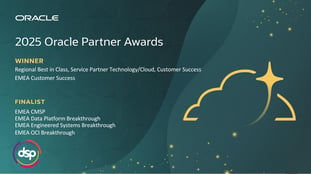
%20Oracle%20Database%20to%20Oracle%20Cloud%20Expertise/o-service-prtnr-OracleDBToOracleCloud-EMEA-UKIE-clr-rgb.png)

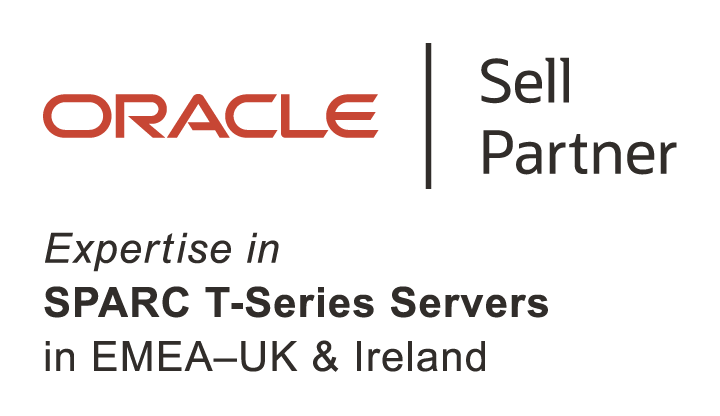
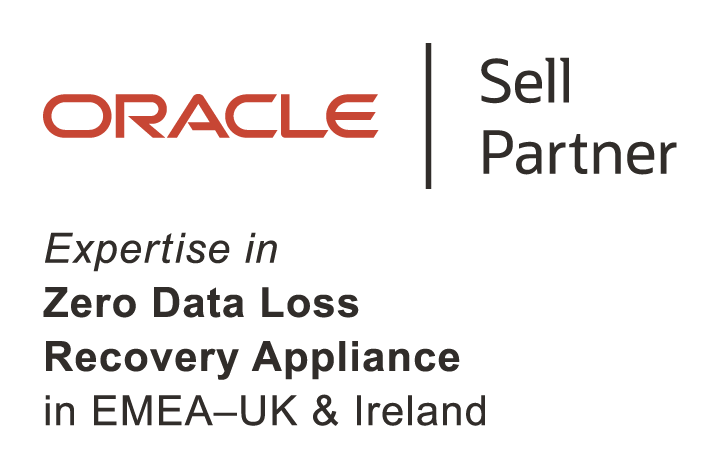
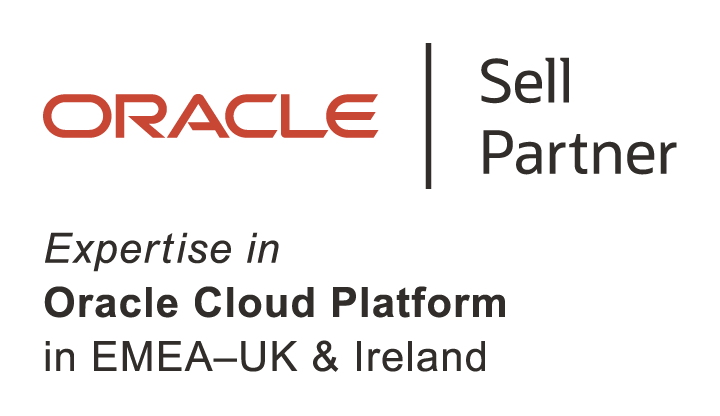
-EMEA-UKIE-clr-rgb.png)
